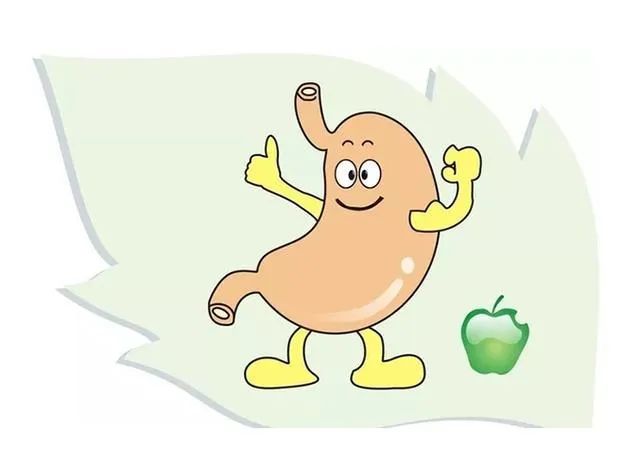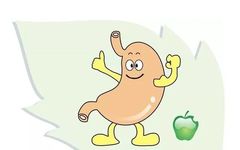Spleen-Stomach Damp-Heat Syndrome is a pathological condition characterized by the obstruction of the spleen by dampness, which over time transforms into heat, leading to the mutual accumulation of dampness and heat. It is primarily caused by the dysfunction of the spleen and stomach in transforming and transporting, resulting in the common type of excess syndrome in the spleen and stomach.

So, how does Spleen-Stomach Damp-Heat Syndrome occur? What are its specific manifestations? How can we prevent it?
Traditional Chinese Medicine (TCM) believes that insufficient righteous qi in the body is the internal cause of Spleen-Stomach Damp-Heat. Although there are various causes for the formation of this syndrome, the functional state of the spleen and stomach is the determining factor.
When the righteous qi is insufficient, the spleen and stomach become weak and cannot properly transform and transport food and fluids, leading to the accumulation of dampness and stagnation, which can transform into heat over time.
Additionally, various pathogenic factors can easily trigger dysfunction of the spleen and stomach, resulting in damp-heat.
Spleen-Stomach Damp-Heat Syndrome can be caused by the following:
-
Irregular diet, such as excessive consumption of rich, greasy foods and alcohol.
-
External invasion of damp-heat pathogens.
-
Chronic illness damaging the spleen and stomach or inherent weakness of the spleen and stomach.
-
Excessive fatigue or emotional distress.
① Burning pain in the epigastric region, with a feeling of fullness and acid regurgitation.
② Dry mouth with a bitter taste, thirst without desire to drink, sweet and sticky mouth, nausea after eating sweet foods, poor appetite, and a feeling of heaviness in the body and limbs.
③ Yellow urine, constipation, yellow and greasy tongue coating, and a slippery and rapid pulse.
-
Change unhealthy lifestyle habits, maintain a balanced diet, avoid smoking and drinking, and limit consumption of rich and heavy foods and seafood.
-
Drink water in moderation to avoid internal dampness or external dampness entering the body.
-
Go to bed early and rise early, and ensure regular ventilation in living spaces.
-
Develop a habit of regular bowel movements.
-
Engage in physical activity until sweating occurs, as sweating can help expel dampness, but avoid excessive sweating to prevent damage to qi.
It is important to distinguish between Liver-Gallbladder Damp-Heat and Spleen-Stomach Damp-Heat.
Patients with Liver-Gallbladder Damp-Heat have issues in the liver and gallbladder, leading to discomfort in the chest and flanks, and often experience burning pain. Additionally, the vomiting symptoms in Liver-Gallbladder Damp-Heat are more severe than in Spleen-Stomach Damp-Heat, with the vomit being a large amount of yellow-green bitter fluid, while the vomit in Spleen-Stomach Damp-Heat is only slightly sour.
Disclaimer | This article is intended for reading by medical and pharmaceutical professionals only. The formulas and prescriptions mentioned are for reference and learning purposes for professionals and should not be used as prescriptions. Please do not self-medicate; this platform does not bear any responsibility for any consequences arising from such actions. Always follow medical advice.
The views expressed in this article do not represent the position of this WeChat public account. All articles are intended to convey more information and facilitate learning and communication.
Content and images are sourced from the internet, and copyright belongs to the original authors. If there is any infringement, please contact QQ: 916942373 for removal.

